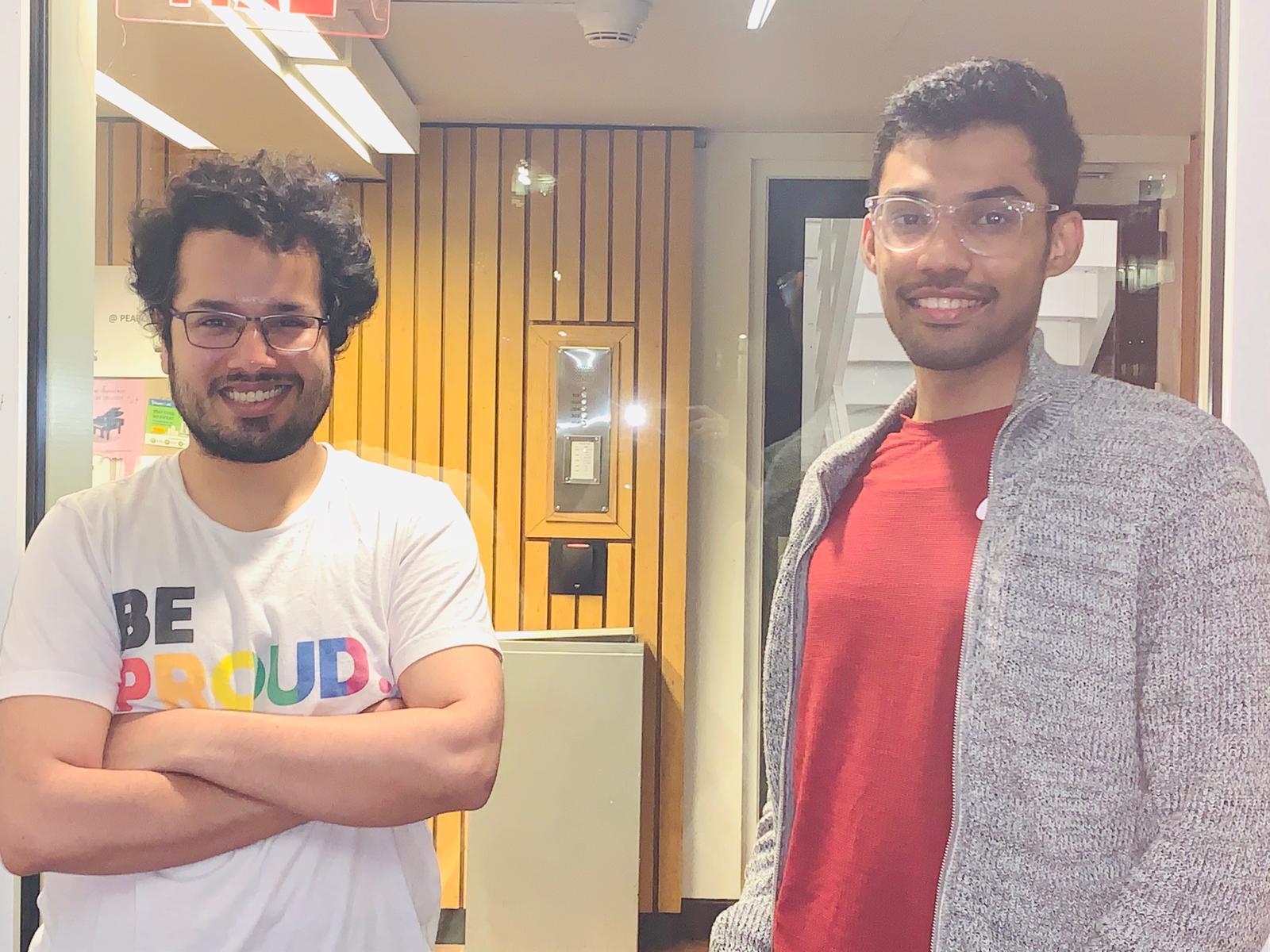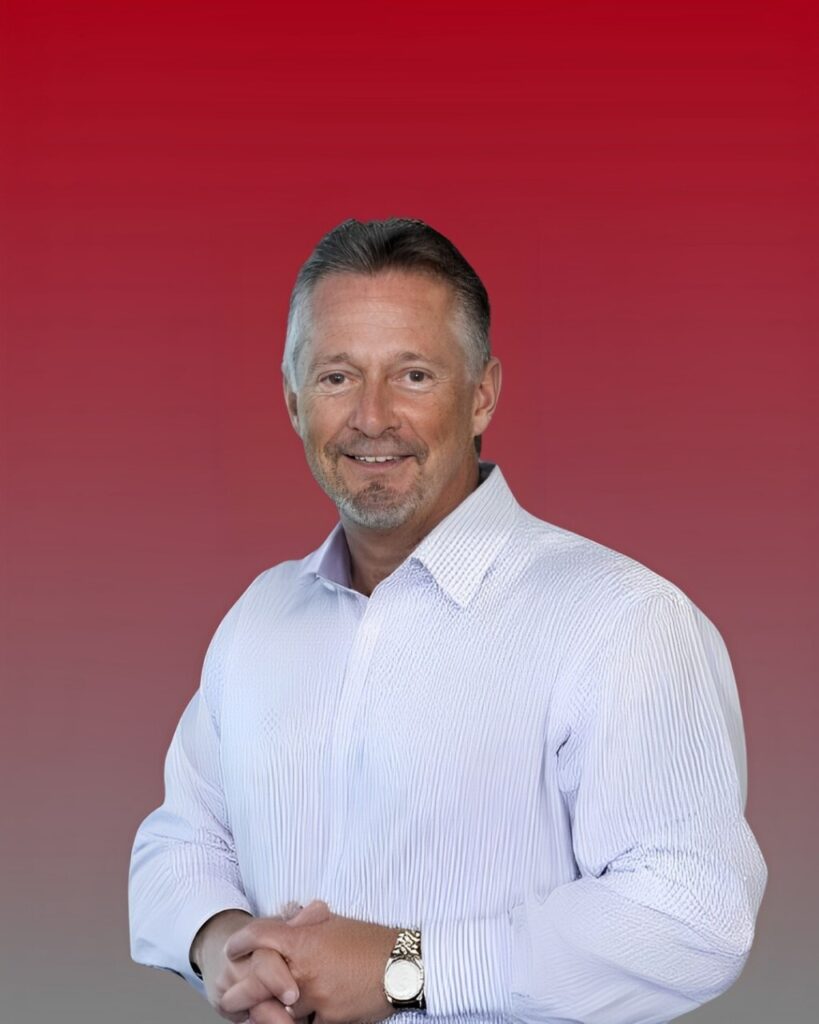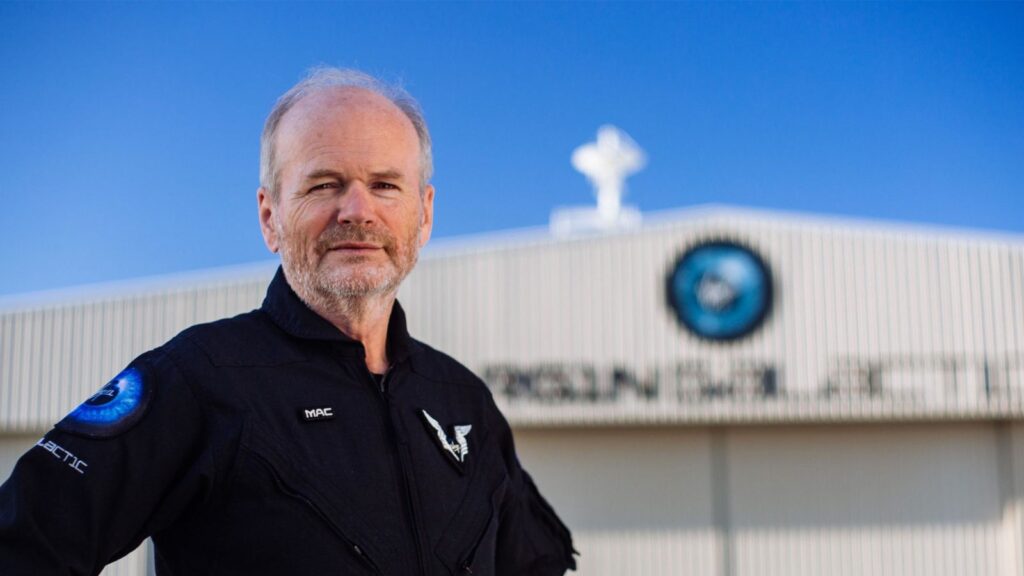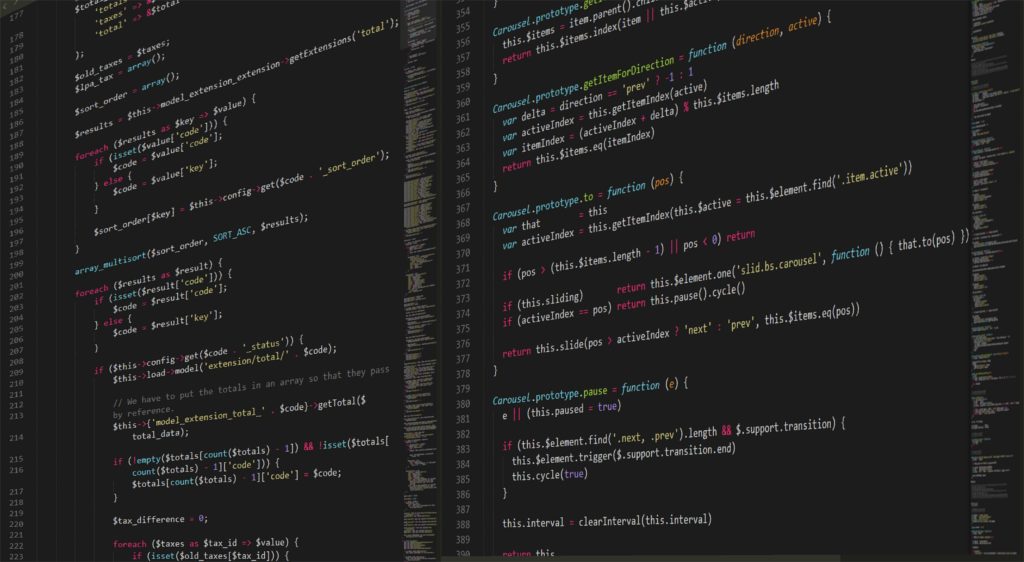More and more students are turning to a life of entrepreneurship. In fact, 67 percent of high school students say they are interested in starting a business, so it’s no surprise that college campuses are now filled with budding Mark Zuckerbergs and Larry Pages.
However, the decision to start a company is no small feat, and such commitment while still at school can be even more challenging. Lectures, tutorials, research, and the general pressure of academia can make it hard to streamline a business plan and take progessive next steps.
Nonetheless, there are many hidden benefits to starting a company while at school, including the vast number of resources that are accessible, and the huge pool of talent to be inspired by. While it certainly requires discipline to develop a business idea into something tangible, it is possible to synchronize studies with the entrepreneurial journey.
Startup Beat spoke with Palash Soni and Kishore Kothandaraman, two Harvard student entrepreneurs and the CEO and COO of Goldcast – a turnkey platform for marketers and event organizers to conduct live virtual business events, conferences, and trade shows with measurable ROI.
What advice do you have for founders trying to manage competing business and academic priorities?

Kishore: There are three core ways to manage the two:
First, take courses or electives that can support you in building your company. One of the courses that I took in my first year was ‘The Entrepreneurial Manager’, which gave me insights into various case studies and helped me understand how companies pivot and deal with challenges.
Next, don’t be afraid to draw on your classmates’ experiences. The people around you come from different backgrounds that you can harness for your personal and professional growth. For example, I have a classmate who helped me understand content marketing and SEO for an early-stage software product.
Lastly, establish good terms with your professors – they have incredible networks and connections they can introduce you to. They also have years of experience that are extremely valuable for things like initial customer discovery calls and launching pilot phases.
What tips do you have for avoiding burnout?
Palash: Take time off every day. Go for walks, spend time with your kids, do whatever it takes to put things into perspective and regroup. For some founders, this could be working out, meditating or reading books. Identify what is best-suited for you to personally energize and consciously make time to do it on a daily basis. Having these breaks will give you a new mindset to look at the longer-term strategy of your company and not be consumed by smaller tasks.
What’s the first thing a student entrepreneur should do to get their company off the ground?
Kishore: Something I always remember that one of our entrepreneurship professors said is: “as founders, you’re going to put the same effort into building a $1 million company as you are a $100 million company, so ensure that the opportunity you’re going after is big.”

It may sound cliche but it’s really important to find your target market’s pain point and find a way to solve it that can be monetized. Remember, your target market should be large enough for your solution to make a real impact too.
We didn’t settle on the problem we’re currently working on until we had abandoned two previous ideas. We left those ideas behind because we realized they didn’t pass the two filters mentioned above – it took us two months and a lot of customer interviews to finally reach that conclusion.
How can student entrepreneurs build a company once they have an initial foundation?
Palash: Once you pin down the right problem supported by customer validation, it’s important to put together a product and show it to customers to get their feedback. Hone in on whether customers would use your product and what changes have to made to improve its functionality.
If your sample group doesn’t give a clear answer on why they wouldn’t use the product, either you’re not targeting the right customers or your current product is not up to scratch.
Disclosure: This article includes a client of an Espacio portfolio company












